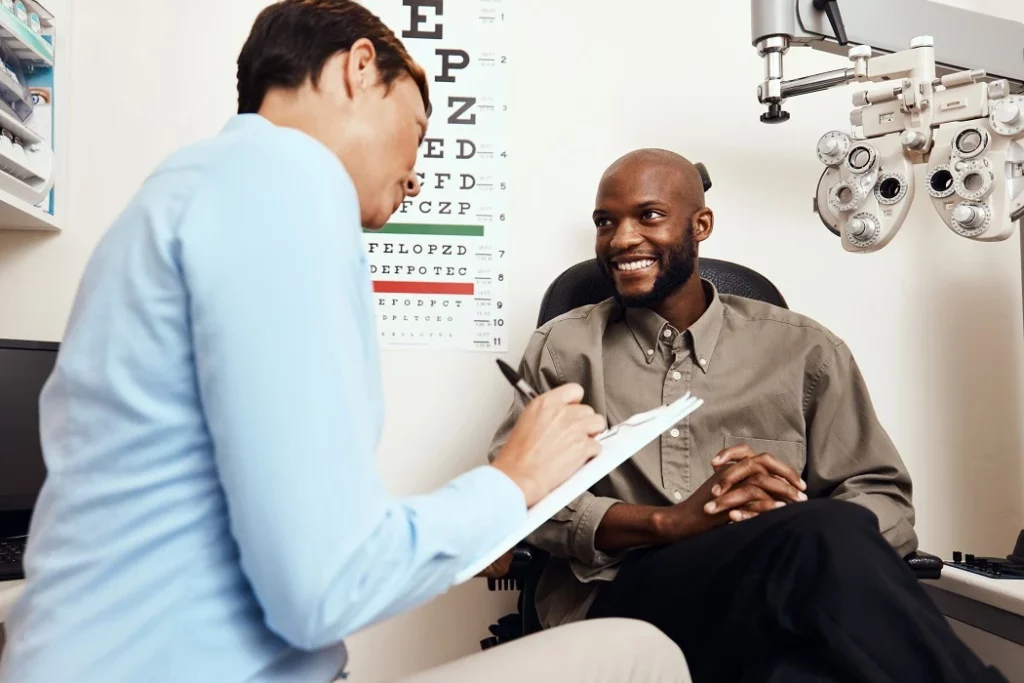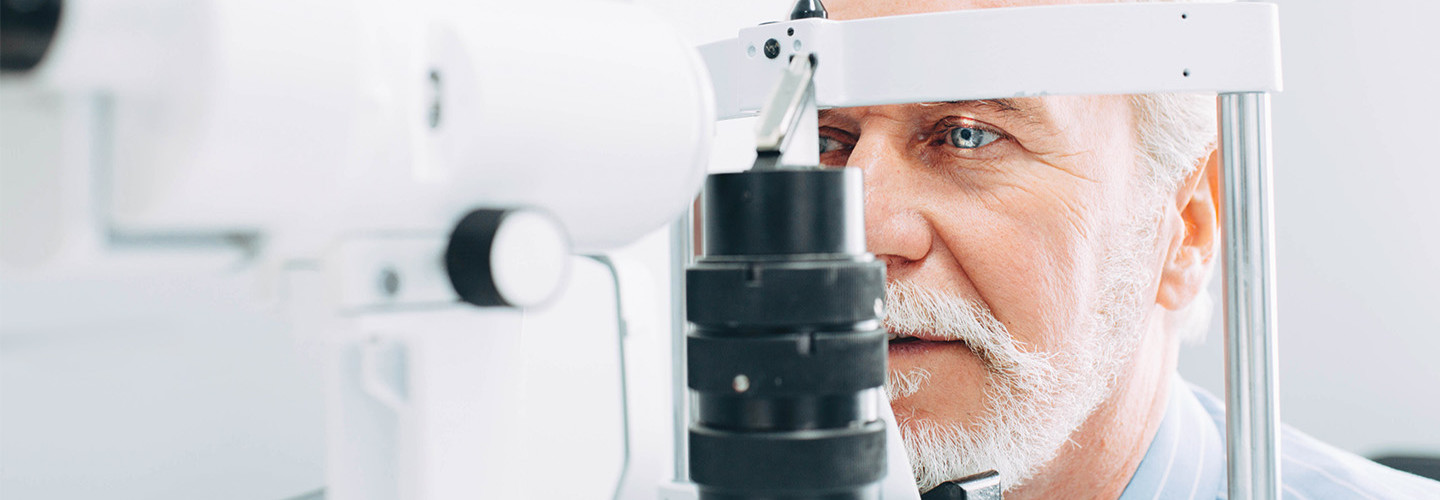Featured
Reduced vision, a condition where traditional glasses, contact lenses, or surgical procedure can not totally bring back sight, can make daily tasks challenging. The good news is, reduced vision rehabilitation uses a series of sources to assist people keep their self-reliance and lifestyle. This post explores the choices readily available for those seeking assistance in handling their aesthetic impairments.
What Is Reduced Vision Recovery?
Low vision recovery is an organized technique to aid people optimize their remaining vision and adjust to new means of carrying out day-to-day jobs. Experts deal with people to create personalized approaches, integrating devices, methods, and training programs that match their one-of-a-kind needs.
![]()
Secret Options for Reduced Vision Recovery
Vision Enhancing Tools
Optical Aids: Devices like magnifiers, telescopic glasses, and special reading lenses can enhance clearness for reading, composing, and other close-up activities.
Electronic Aesthetic Help: Devices such as electronic magnifiers and portable video clip magnifiers supply flexible zoom capacities for numerous tasks.
Wearable Modern technology: Smart glasses equipped with video cameras and voice responses offer innovative services for improving vision.
![]()
Assistive Technology
Screen viewers, text-to-speech applications, and gadgets with voice commands make modern technology obtainable for individuals with reduced vision.
Mobile phone applications, such as navigation aids and object acknowledgment devices, aid users communicate with their surroundings a lot more effectively.
Training and Therapy
Alignment and Wheelchair Training: Experts instruct skills for navigating areas securely, consisting of the usage of white canes or guide dogs.
Daily Living Abilities Educating: Rehabilitation programs provide techniques for cooking, cleaning, and personal care, guaranteeing that people can carry out necessary jobs independently.
Aesthetic Skills Educating: Workouts made to maximize the usage of remaining field of vision can improve aesthetic performance.
Ecological Adaptations
Changes to living or workspaces can considerably boost access. Examples include:
Mounting brighter illumination.
Adding high-contrast markings to appliances.
Arranging furnishings to produce clear pathways.
Assistance Networks
Emotional and mental assistance is a critical part of rehab. Assistance groups, therapy sessions, and counseling services can help people deal with the challenges of vision loss.
![]()
Peer networks attach individuals with similar experiences, promoting a feeling of area and shared learning.
Just How to Access Reduced Vision Rehabilitation Services
Reduced vision rehabilitation services are often given by:
Reduced Vision Clinics: Run by eye doctors and optometrists focusing on vision impairments.
Physical Therapists: Experts in adapting jobs and settings to suit individual demands.
Nonprofit Organizations: Teams such as the American Foundation for the Blind (AFB) or local loss of sight assistance organizations supply important resources and references.
Conclusion
Dealing with low vision can feel frustrating, but with the right support and tools, people can remain to lead satisfying lives. Low vision rehab supplies a selection of resources customized to improve performance, increase confidence, and boost lifestyle. If you or an enjoyed one is dealing with the obstacles of reduced vision, take into consideration getting to out to a specialist or recovery center to check out the many options readily available. With each other, these options guarantee that vision loss does not specify or limit one's capacity.
What Is Reduced Vision Recovery?
Low vision recovery is an organized technique to aid people optimize their remaining vision and adjust to new means of carrying out day-to-day jobs. Experts deal with people to create personalized approaches, integrating devices, methods, and training programs that match their one-of-a-kind needs.

Secret Options for Reduced Vision Recovery
Vision Enhancing Tools
Optical Aids: Devices like magnifiers, telescopic glasses, and special reading lenses can enhance clearness for reading, composing, and other close-up activities.
Electronic Aesthetic Help: Devices such as electronic magnifiers and portable video clip magnifiers supply flexible zoom capacities for numerous tasks.
Wearable Modern technology: Smart glasses equipped with video cameras and voice responses offer innovative services for improving vision.

Assistive Technology
Screen viewers, text-to-speech applications, and gadgets with voice commands make modern technology obtainable for individuals with reduced vision.
Mobile phone applications, such as navigation aids and object acknowledgment devices, aid users communicate with their surroundings a lot more effectively.
Training and Therapy
Alignment and Wheelchair Training: Experts instruct skills for navigating areas securely, consisting of the usage of white canes or guide dogs.
Daily Living Abilities Educating: Rehabilitation programs provide techniques for cooking, cleaning, and personal care, guaranteeing that people can carry out necessary jobs independently.
Aesthetic Skills Educating: Workouts made to maximize the usage of remaining field of vision can improve aesthetic performance.
Ecological Adaptations
Changes to living or workspaces can considerably boost access. Examples include:
Mounting brighter illumination.
Adding high-contrast markings to appliances.
Arranging furnishings to produce clear pathways.
Assistance Networks
Emotional and mental assistance is a critical part of rehab. Assistance groups, therapy sessions, and counseling services can help people deal with the challenges of vision loss.

Peer networks attach individuals with similar experiences, promoting a feeling of area and shared learning.
Just How to Access Reduced Vision Rehabilitation Services
Reduced vision rehabilitation services are often given by:
Reduced Vision Clinics: Run by eye doctors and optometrists focusing on vision impairments.
Physical Therapists: Experts in adapting jobs and settings to suit individual demands.
Nonprofit Organizations: Teams such as the American Foundation for the Blind (AFB) or local loss of sight assistance organizations supply important resources and references.
Conclusion
Dealing with low vision can feel frustrating, but with the right support and tools, people can remain to lead satisfying lives. Low vision rehab supplies a selection of resources customized to improve performance, increase confidence, and boost lifestyle. If you or an enjoyed one is dealing with the obstacles of reduced vision, take into consideration getting to out to a specialist or recovery center to check out the many options readily available. With each other, these options guarantee that vision loss does not specify or limit one's capacity.
Latest Posts
Streamline Your Trade-In Experience with Ron Marhofer Hyundai
Published Apr 20, 25
1 min read
Taking advantage of Your WyHy Bank Account
Published Apr 20, 25
1 min read
Specials & Discounts: Save on Professional Repairs at Montclare Auto Repair
Published Apr 20, 25
2 min read